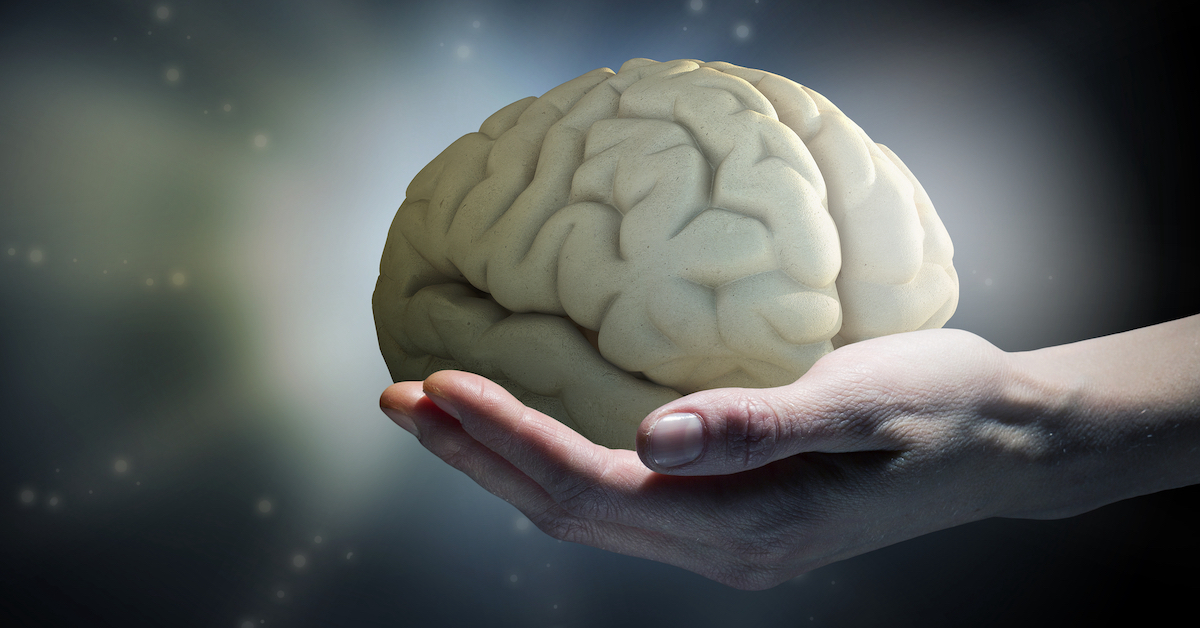There’s no single “key” that can explain how the body and brain age. The biological changes that accompany aging involve multiple processes that lead to increasing levels of systemic inflammation and oxidative stress, reduced ability to dispose of cellular waste, dysfunctions in energy production and metabolism, telomere shortening and more.
As if the biology of aging wasn’t complicated enough, scientists at the Salk Institute have uncovered yet another factor implicated in the aging process—a class of fats that could lead to new ways to treat memory loss…
These fats, called SGDGs (3-sulfogalactosyl diacylglycerols), decline in the brain with age and leave it vulnerable to inflammation.
SGDGs are a class of lipids that contribute to the structure, development, and function of healthy brains. On the other hand, badly regulated lipids are linked to aging and diseased brains. But lipids, unlike genes and proteins, are far less well researched and have often been overlooked in aging research. As a result, the Salk scientists, in collaboration with researchers at the University of California, took an unusual, exploratory research approach that combined the large-scale study of lipids (called lipidomics) with structural chemistry and advanced data analytics.
What they found could one day bring about new treatments for Alzheimer’s-related dementia and memory loss.
SGDGs Possess Healing Properties
The scientists first obtained lipid profiles of mouse brains at five ages across their lifespan, ranging from one to 18 months. They used liquid chromatography-mass spectrometry, a technique that separates compounds from a sample prior to mass analysis.
Then, the team constructed SGDG molecules and tested them for biological activity. This resulted in three important discoveries including how lipid levels:
- Change with age. Lipid levels—and SGDG levels in particular —are very different in the brains of older mice compared to those of younger mice. The team concluded that SGDG lipids change dramatically with age.
- Possess anti-inflammatory properties. The scientists also discovered that SGDGs exist in human and animal (primate) brains and possess anti-inflammatory properties. This could have implications for neurodegenerative disorders and other neurological conditions that involve increased inflammation in the brain. However, it will take further research to prove that SGDGs contribute to human neuroinflammation.
- May be linked to aging. SGDG levels may be regulated by processes that are known to regulate aging, but further research is needed.
Professor Alan Saghatelian, senior author of the study published in the journal Nature Chemical Biology in October, agrees. He explained, saying, “These SGDGs clearly play an important role in aging, and this finding opens up the possibility that there are other critical aging pathways we’ve been missing. This is a pretty clear case of something that should be dug into more in the future.”
Future Of Targeting SGDGs To Restore Cognitive Function
First author Dan Tan believes further research will uncover new ways to use SGDGs to keep the memory sharp for years to come. He said: “SGDGs were first identified in the 1970s, but there were few follow-up studies. These lipids were essentially forgotten and missing from the lipid databases. Nobody knew SGDGs would be changing or regulated in aging, let alone that they have bioactivity and, possibly, be therapeutically targetable.”
Professor Dionicio Siegel, one of the research team from UC San Diego, is optimistic regarding future findings. “With the understanding of the structure of SGDGs and our ability to create them in the laboratory, the study of these important lipids is now wide open and ripe for discovery.”
While very new, this is certainly an exciting area of research. Especially since we already know that inflammation is a problem in the aging brain and anything that can be done to curb inflammation is a boon to memory. I’ll keep you posted on the research.







